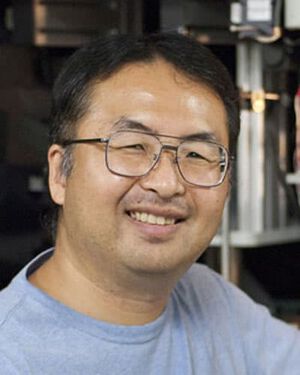Greeting

A fleeting experience lasting only a few seconds can form a lifelong memory. After years, we can still recall the event. This ability defines who you are. We form memories and recall them every day. Yet it is still not clear how it works.
However, various techniques in neuroscience have made long-awaited progress. For example, the application of fluorescent probes such as GFP has made it possible to visualize the activity of neurons, the biochemical response of single synapses, and even the dynamics of single molecules. In addition, the use of channelrhodopsin, for example, makes it possible to control the activity of any neuron at any time. Furthermore, it is now possible to artificially form networks between neurons that are not normally connected.
The time has come to unravel the mysteries of memory from multiple levels, from molecular science to neural circuitry to behavioral science.
In this project grant, seven laboratories in Japan, the Max Planck Florida Institute for Neuroscience (MPFI) in the United States, and the Interdisciplinary Institute for Neuroscience (IINS) in France will team up to explore the complex biological phenomena of memory. Young researchers belonging to each laboratory will not only collaborate with each other but also circulate their brains by interacting with each other. By bringing laboratories that share a common interest in memory but complement each other with unique approaches under one umbrella, we can expect synergistic effects, scientific contributions to this field, and global influence.
Yasunori Hayashi,
Principal Investigator

